Estimated reading time: 19 minutes
You love your furry friend, but does their thick coat have you considering a summer shave to keep your dog cool? Well, it might surprise you to know that shaving certain breeds can actually harm rather than help them.
This article will guide you through the risks associated with shaving your dog and provide valuable insights on breeds which should not be shaved. Get ready for a fur-filled discussion that could save your pet from unnecessary discomfort!
Key Takeaways
- Shaving certain dog breeds can be harmful, as it increases the risk of sunburns, dust and dirt problems, ingrown hairs, shave shock, and poor insulation.
- Shaving these breeds can disrupt their natural cooling systems and leave them vulnerable to various health issues.
- Instead of shaving these dog breeds’ coats for aesthetic purposes or to keep them cool in hot weather, regular grooming and trimming are recommended.
Why Should You Avoid Shaving Your Dog’s Coat?
Sunburns
Sunburns hurt dogs a lot. Just like people, dogs get sunburns too. Their skin turns red and may peel off. It causes them pain and discomfort. Dogs that have their fur shaved are at high risk of getting sunburned.
This is because shaving leaves the skin bare to the sunlight. Over time, this can lead to skin cancer in dogs. Skin cancer in dogs is very dangerous and hard to treat.
Increased risk of dust and dirt
Shaving your dog’s coat can cause more dirt and dust to stick on their skin. Their fur acts like a shield. When you shave it off, the shield is gone. Dirt and dust then find it easy to reach your dog’s skin.
These small bits of dirt can hurt your dog’s skin. They can also lead to allergies or infections in your pet dog. Because of these risks, some breeds should not be shaved unless it is for medical reasons or advised by a professional groomer.
Potential for ingrown hairs
Shaving your dog’s coat can harm it. It may damage hair roots. This makes ingrown hairs more likely to happen. Ingrown hairs are painful for dogs. They cause red, tender spots on the skin, and make your dog uncomfortable.
The wrong shave can lead to dry skin too. Dry skin may also help create ingrown hairs as well.
Shave shock
Shaving a dog’s coat can cause “shave shock,” which is when the hair is suddenly removed, leaving the skin exposed. This can be a shock to the dog’s system and may lead to discomfort and irritation.
Without their protective fur, dogs may also experience an increased risk of sunburn and skin cancer. Additionally, shaving can disrupt the natural shedding process, leading to matting and tangles.
For double coated dog breeds, shaving changes the texture of the fur. As the fur grows back, it can feel rough, leading to itchiness and discomfort for the dog.
It’s important to avoid shaving your dog’s coat to maintain their natural insulation and protect them from potential harm.
Poor insulation
Shaving a dog’s coat can lead to poor insulation. The coat acts as an insulator, keeping the dog warm in colder weather and providing protection from the heat. Dogs with double coats have longer guard hairs on top that help reflect the sun’s heat away from their skin.
Shaving certain breeds can disrupt their natural thermal regulation and make them more susceptible to both hot and cold temperatures. Without their fur, they may feel uncomfortable and struggle to regulate their body temperature properly.
Additionally, shaving a double-coated dog’s fur can take away its ability to protect against sunburns and skin cancer caused by harmful UV rays. So it is best to avoid shaving these breeds of dogs for their own health and well-being.
Dog Breeds That Should Not Be Shaved
Some dog breeds should never be shaved. Here is a list of breeds and the reasons why you should never shave them.
Huskies
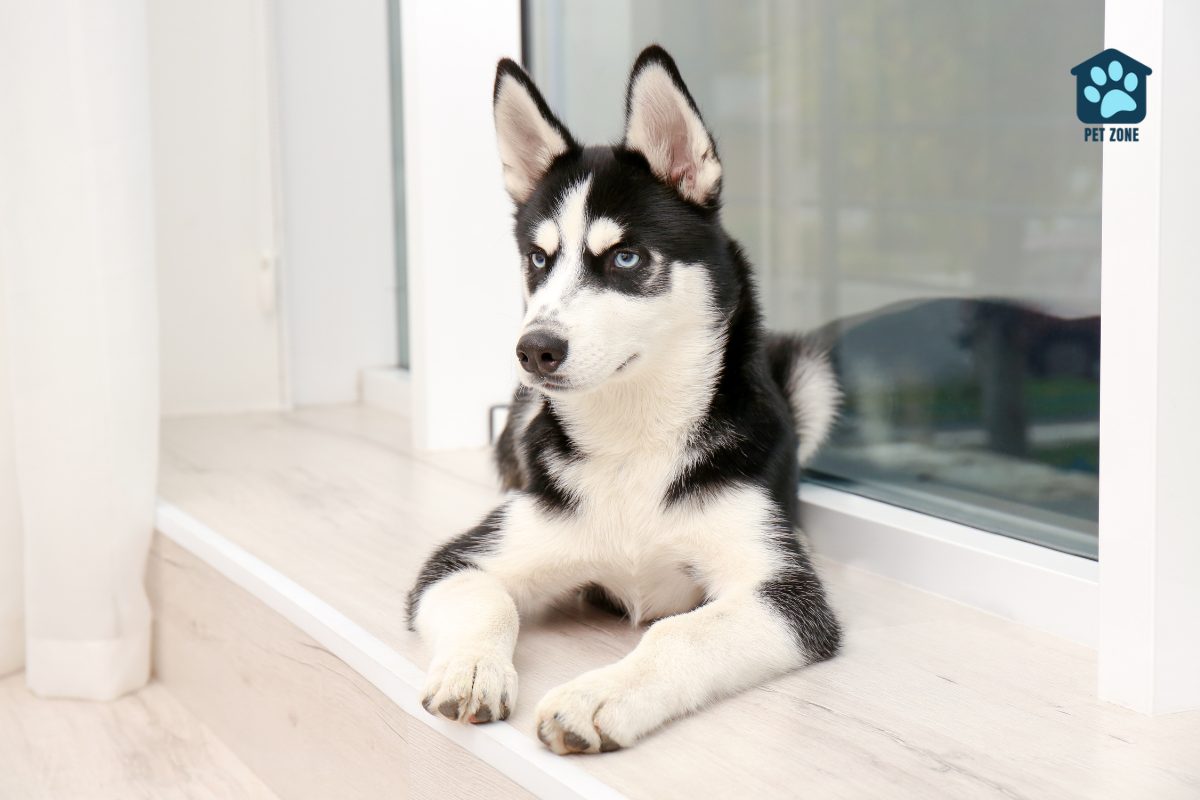
Huskies are one of the dog breeds that should not be shaved, unless it is absolutely necessary for medical reasons. Shaving a husky’s double coat can disrupt their natural cooling system and cause them discomfort.
The double coat helps to keep huskies cool in hot weather and insulates them from the cold. Shaving their coat may affect their ability to regulate body temperature properly, leading to potential health problems.
It is important to note that proper grooming, such as regular brushing and baths, is sufficient to maintain a husky’s coat without the need for shaving.
Collies
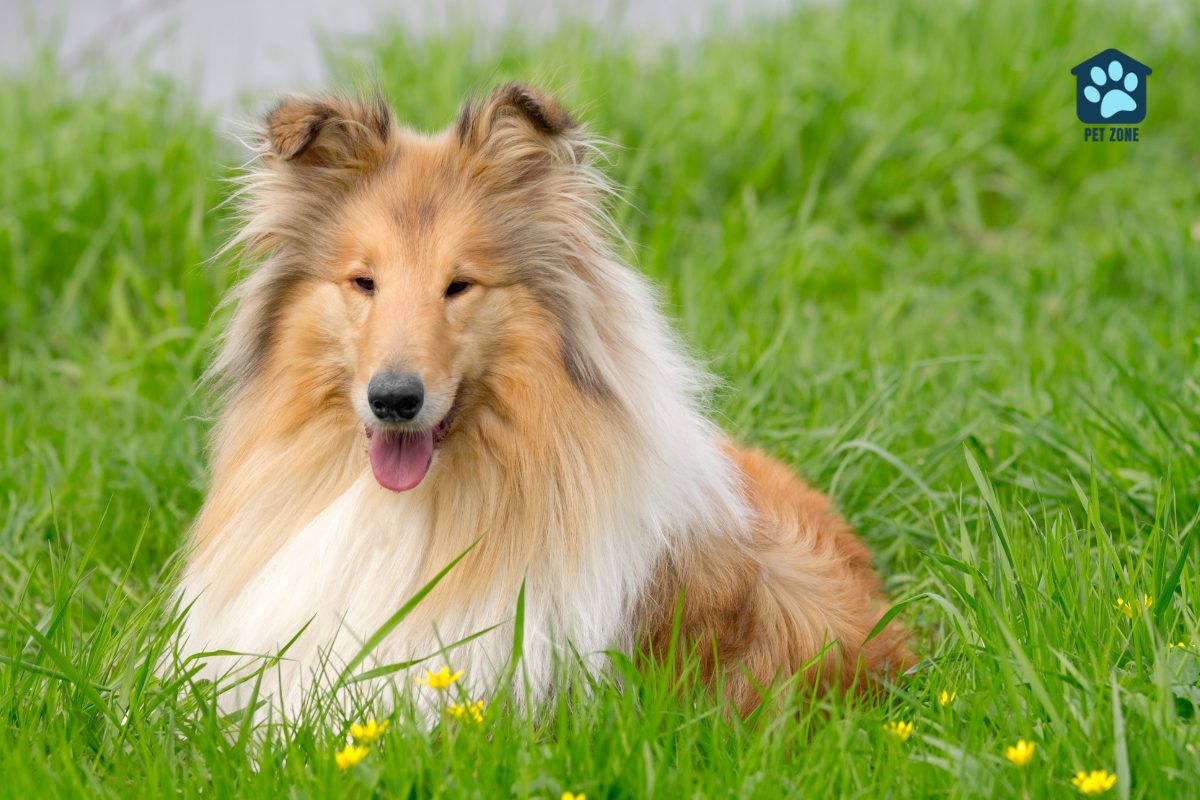
Collies, including Rough Collies and Border Collies, are dog breeds that should never be shaved. Their double coat is essential for insulation and protection against the sun and elements.
Shaving a collie’s coat can disrupt their natural ability to regulate body temperature and ruin the texture and quality of their fur. It’s important to remember that shaved collies are not happier or healthier compared to those with their natural coat intact.
Golden Retrievers
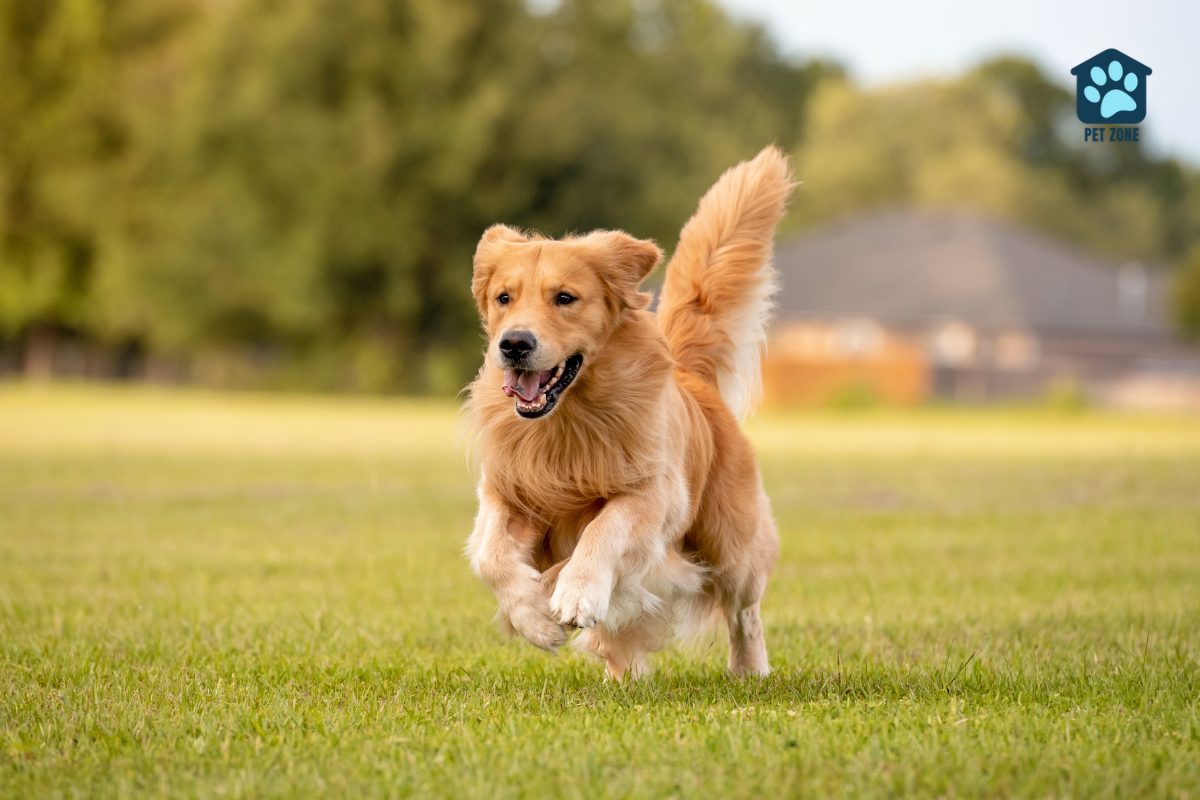
Golden Retrievers are a popular breed known for their beautiful double coat. Their coat consists of long, thick guard hairs and a soft undercoat that helps insulate them in both cold and hot weather.
It is important to note that shaving a Golden Retriever’s coat is not recommended. This is because their double coat acts as protection against the sun’s rays and heat, reducing the risk of sunburn and overheating.
Additionally, shaving can disrupt the natural cooling system of their fur and may even cause damage to their skin. So, it’s best to leave your Golden Retriever’s coat untouched to keep them comfortable and protected from the elements.
German Shepherds
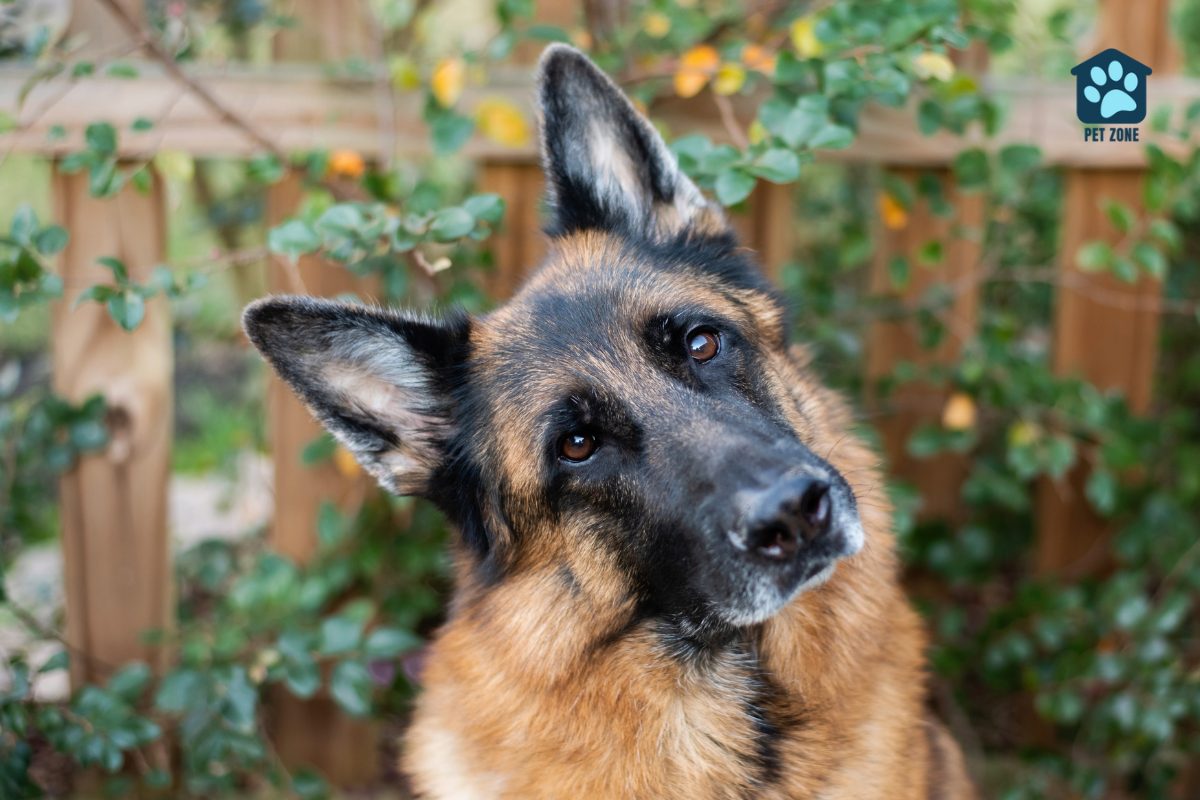
German Shepherds are one of the dog breeds that should not be shaved. Their double coat serves as insulation, protecting them from both hot and cold weather. Shaving a German Shepherd can actually do more harm than good by increasing their risk of sunburn and skin cancer.
It’s important to remember that the outer layer of their fur reflects the sun’s heat, keeping them cool naturally. Instead of shaving, trimming certain areas or brushing regularly can help keep your German Shepherd’s coat healthy and reduce shedding.
Bernese Mountain Dogs
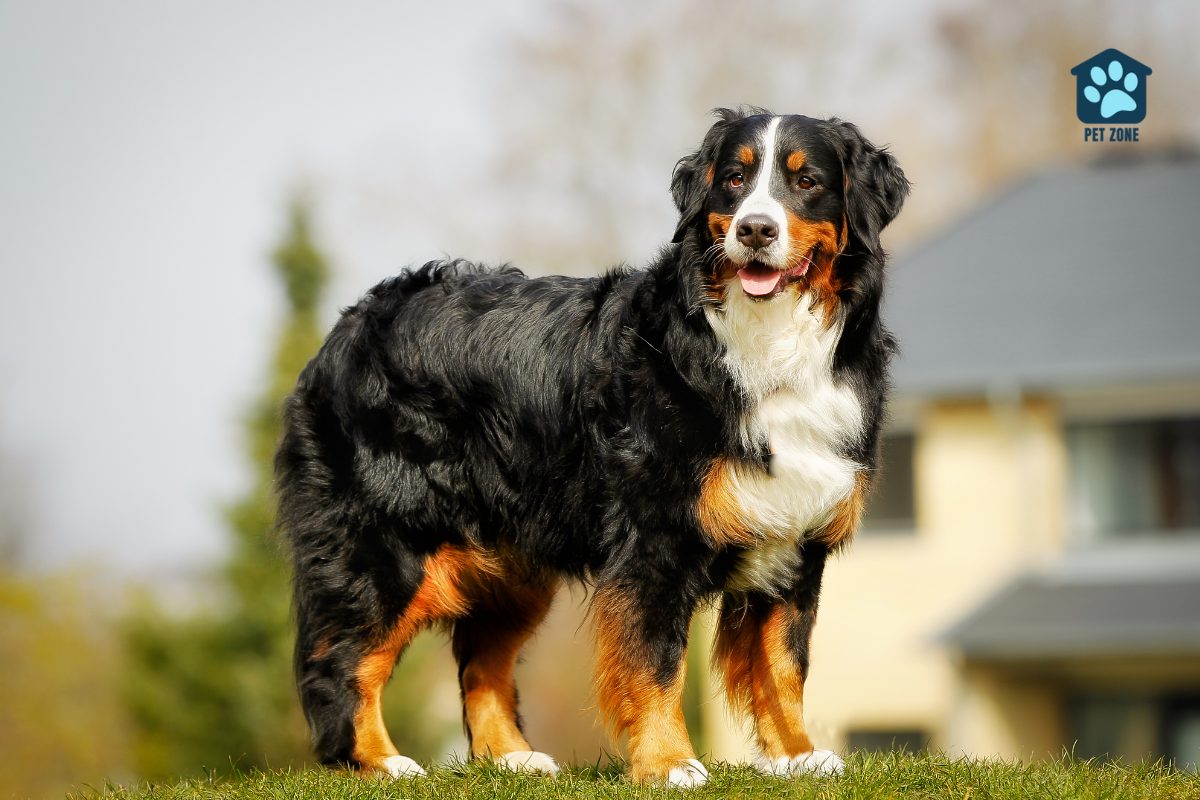
Bernese Mountain Dogs have a thick coat of fur that helps regulate their body temperature. Shaving them can disrupt their natural cooling and insulation system, making them more vulnerable to heatstroke and sunburn.
These dogs are also prone to health issues like hip dysplasia, cancer, and bloat. Instead of shaving, regular grooming such as brushing and bathing is recommended for Bernese Mountain Dogs to keep their coats healthy and prevent any potential problems.
Terriers
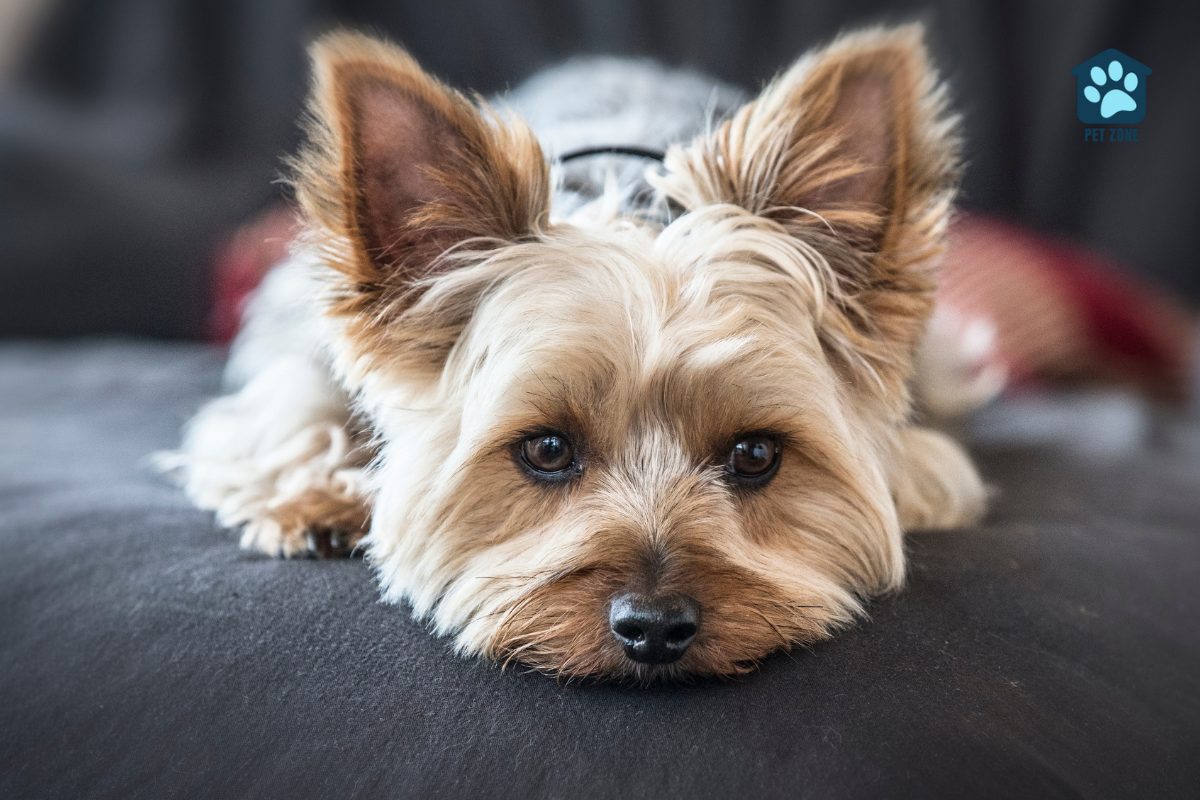
Terriers, like many other dog breeds, have a double coat that acts as a natural protection for their skin. Shaving a terrier’s coat may cause the fur to grow back in a less sleek and more coarse manner.
It can also disrupt their natural ability to regulate body temperature. So, shaving your terrier is not an effective way to help them stay cool during hot weather. Instead, it is recommended to use dog-safe sunscreens and provide other forms of protection for your terrier during the summer months.
By understanding and respecting your terrier’s coat, you can ensure their overall well-being.
Sheepdogs
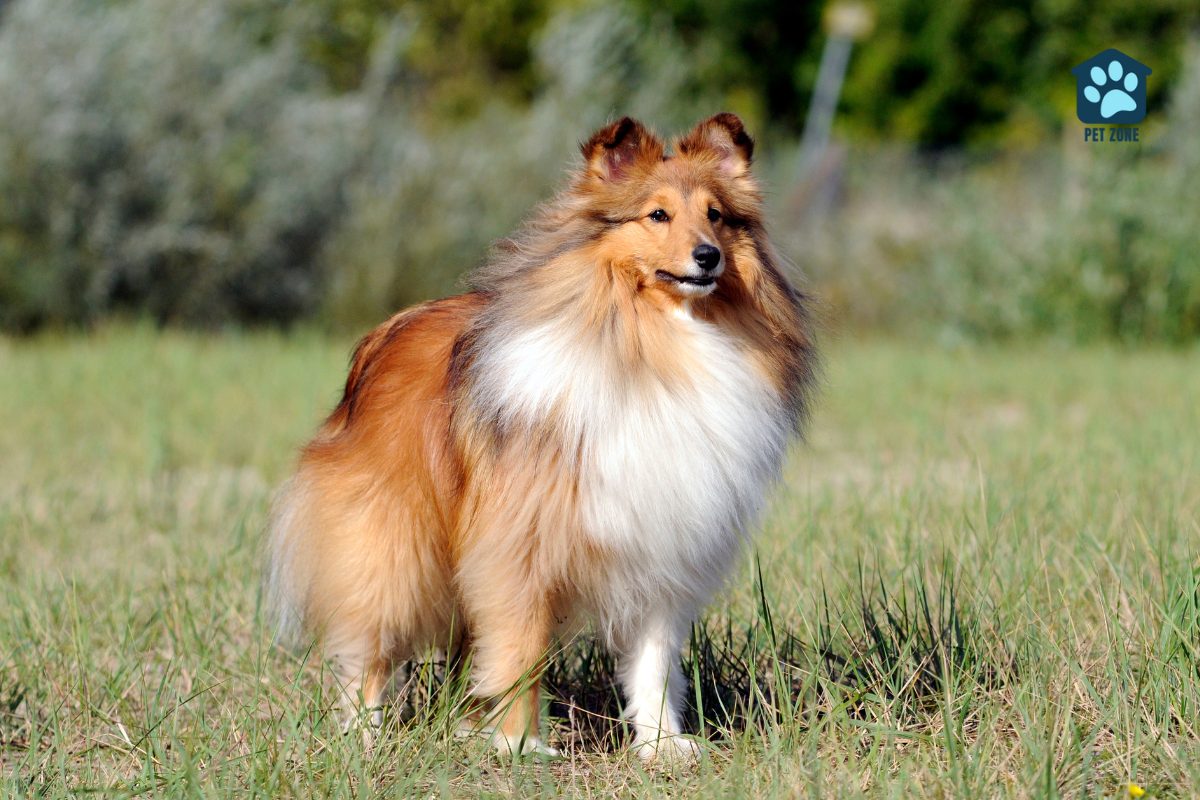
Shetland Sheepdogs and Old English Sheepdogs are two specific sheepdog breeds that should not be shaved. Their coats serve an important purpose in helping them regulate their body temperature.
Shaving their fur can disrupt this natural process and may cause harm to the dog’s skin. It is best to avoid shaving these breeds and instead focus on regular grooming to keep their coats healthy and well-maintained.
Newfoundlands
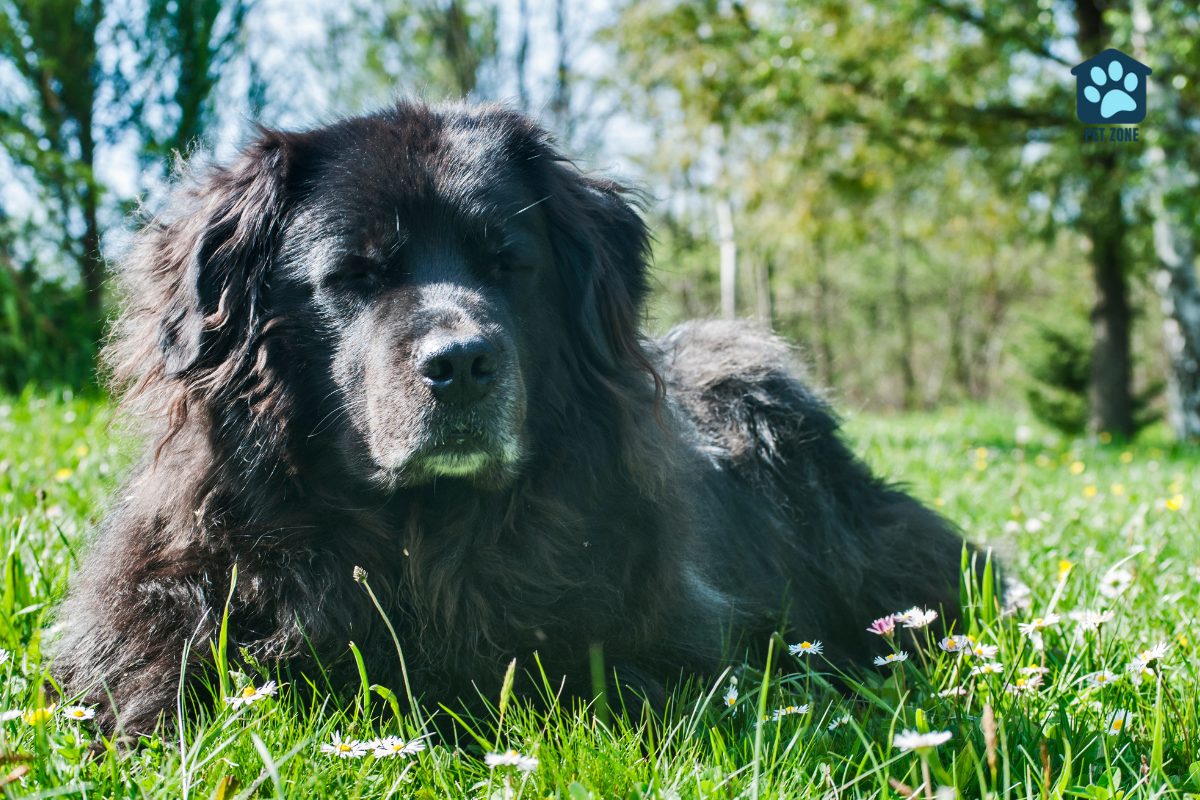
Newfoundlands are a type of dog breed that should not be shaved. Shaving their coat can have negative effects, and the hair may not grow back the same way. It is important to understand that Newfoundland dogs have specific grooming needs.
They are known for shedding, so regular grooming is necessary to keep their fur in good condition. Newfoundland puppies require different grooming compared to adult Newfoundlands. Despite their large size, they are generally considered low-energy dogs and have a relatively long lifespan.
So, if you own a Newfoundland dog, it’s best to avoid shaving their coat and instead focus on regular grooming to maintain their health and appearance.
Chow Chows
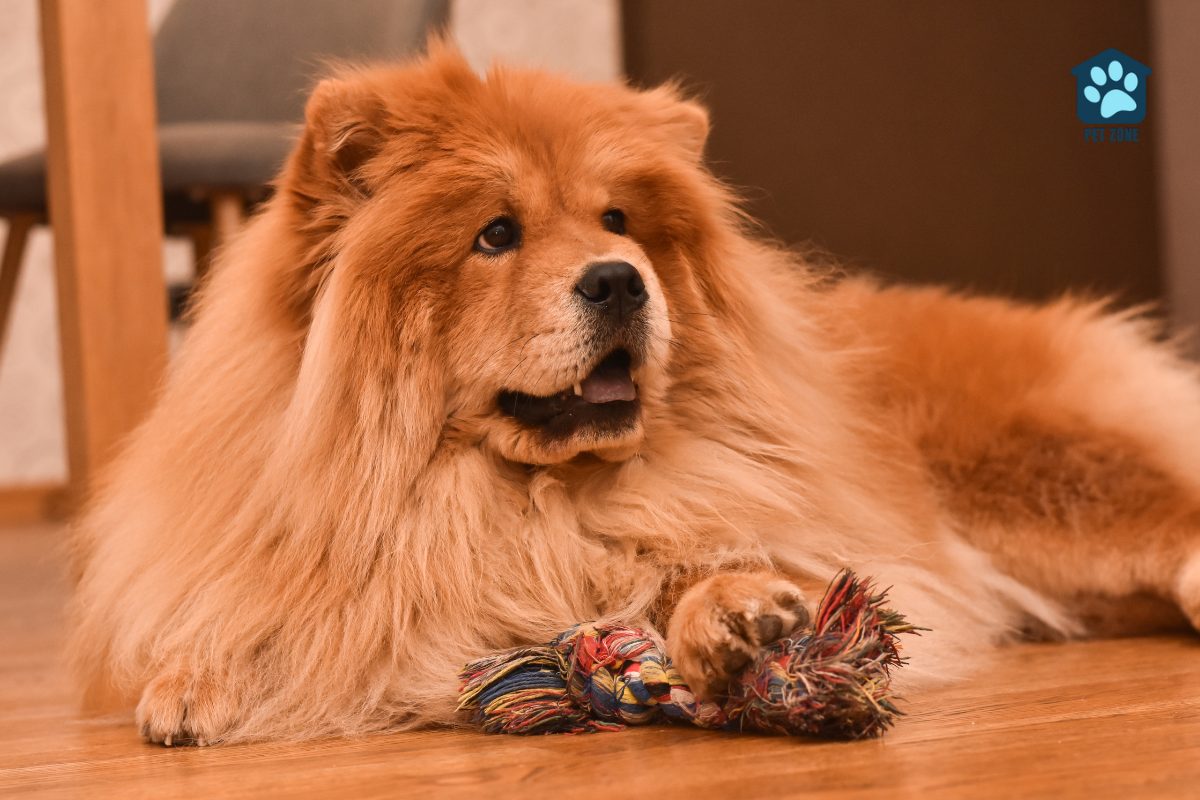
Chow Chows are a breed of dog that should never be shaved. Shaving their thick double coat can cause skin irritation and make them feel down. Moreover, it may lead to severe skin problems, and their fur might not grow back as it should.
So, it’s best to avoid shaving your Chow Chow and instead explore alternative ways to keep them cool in hot weather.
Pomeranians
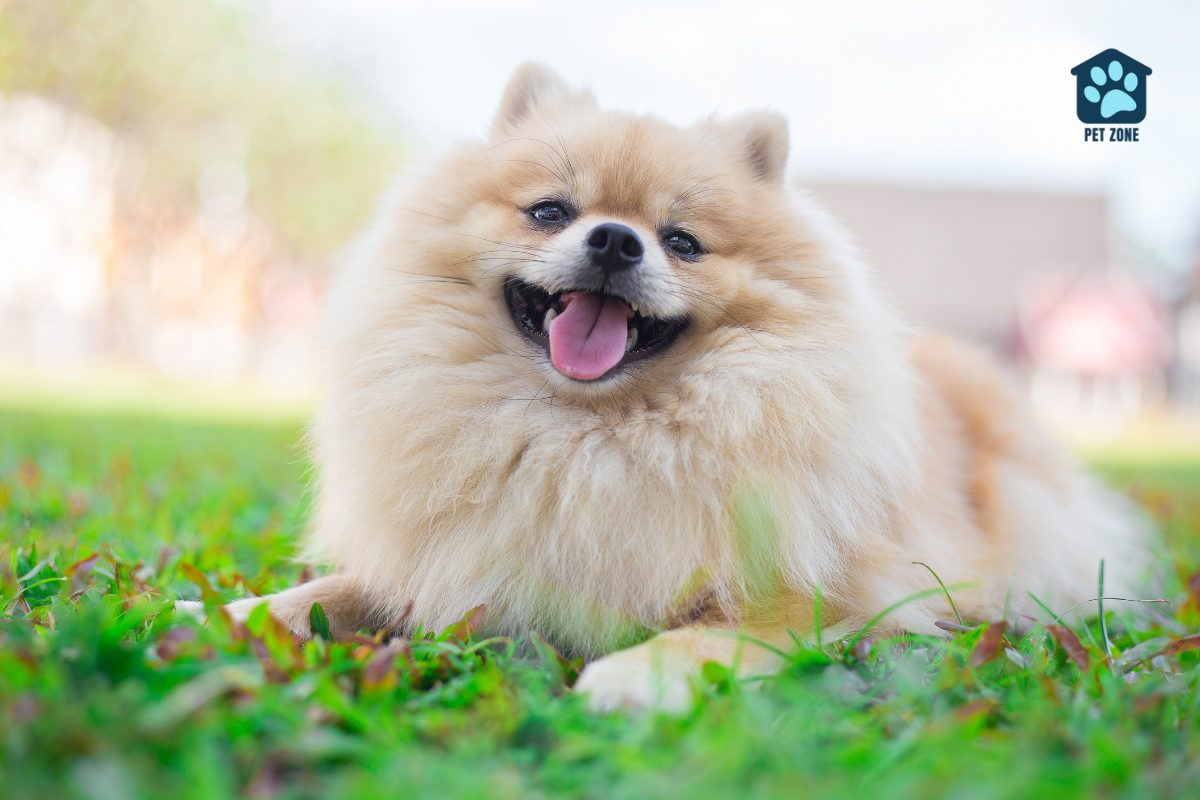
Pomeranians are a breed of toy dog with a double coat that helps regulate their body temperature. It is generally not recommended to shave a Pomeranian’s coat unless it is severely matted and cannot be untangled.
Shaving can cause the hair to grow back differently, potentially making it less thick or full. The coat serves important functions for the Pomeranian’s health and well-being, so it is best to avoid shaving unless absolutely necessary.
Great Pyrenees
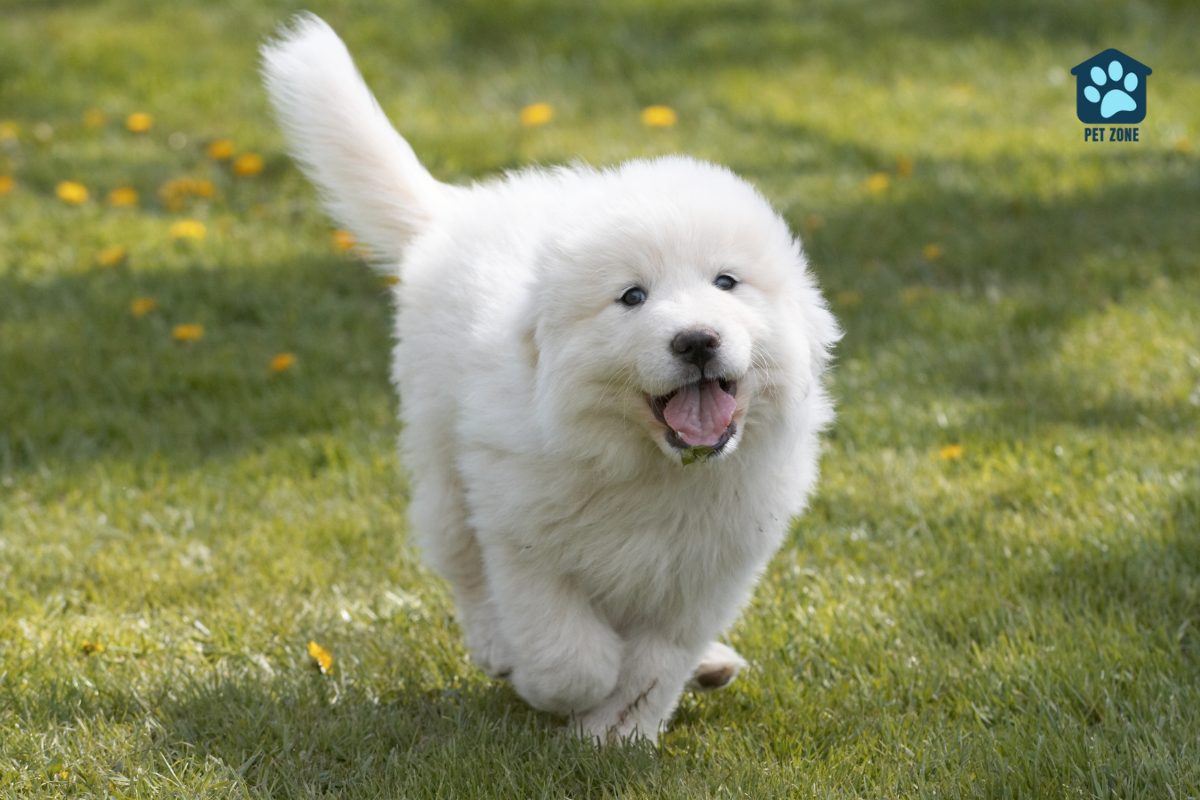
Great Pyrenees have a naturally cooling fur that protects them from sunburn, so shaving their coats should never be done. Shaving a Great Pyrenees does not cool them down and can actually make them more miserable.
Their double coat provides insulation and helps regulate their body temperature. Shaving a Great Pyrenees is not recommended as it can disrupt their natural cooling system and put them at risk of sunburn and skin cancer.
It is important to keep their coat well-groomed instead of shaving it to ensure they stay comfortable in all weather conditions.
Cavalier King Charles
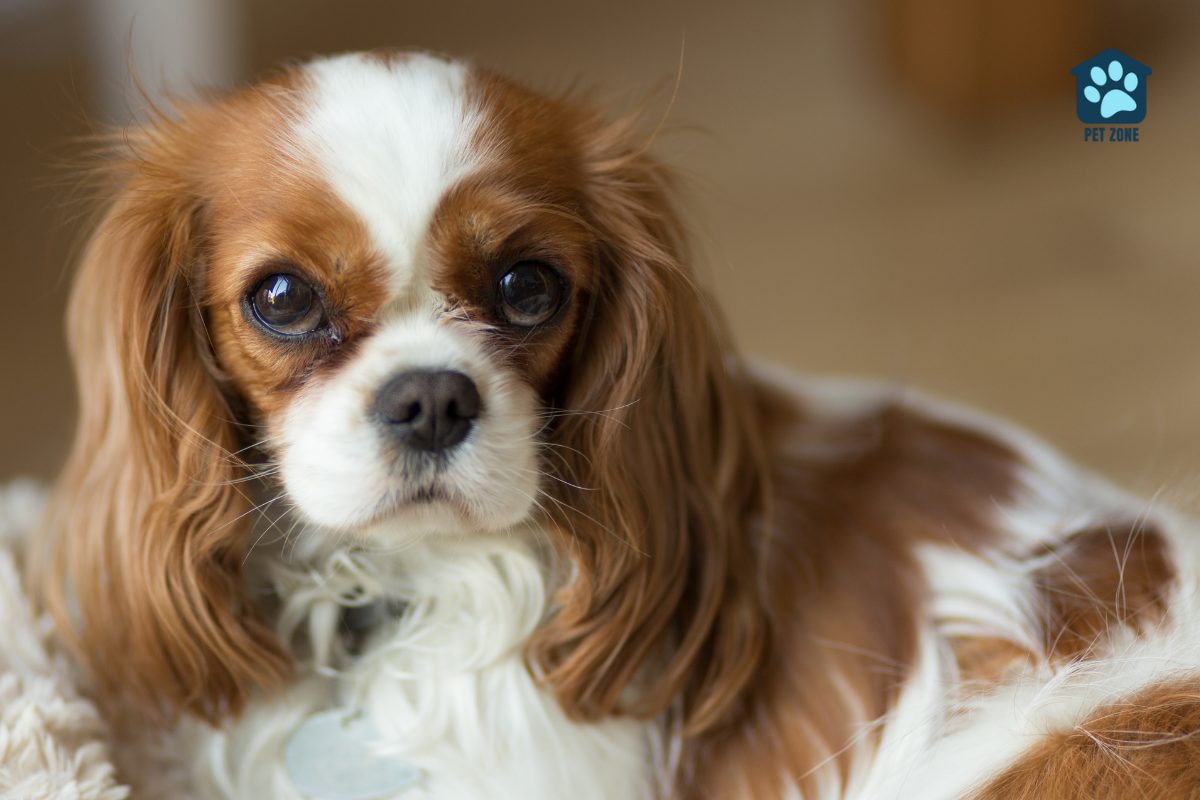
Cavalier King Charles Spaniels should not be shaved. Shaving their coat is not recommended for their appearance and health. The breed standard for Cavalier King Charles Spaniels does not promote or recommend shaving or clipping their coat.
Shaving a dog’s coat can disrupt the natural insulation and protection from the elements for double-coated breeds like Cavalier King Charles Spaniels. Regular grooming and brushing can maintain the coat of a Cavalier King Charles Spaniel without the need for shaving.
It’s important to note that these dogs require special care, such as being bathed no more than once a week to avoid drying out their skin and haircoat.
Beagles
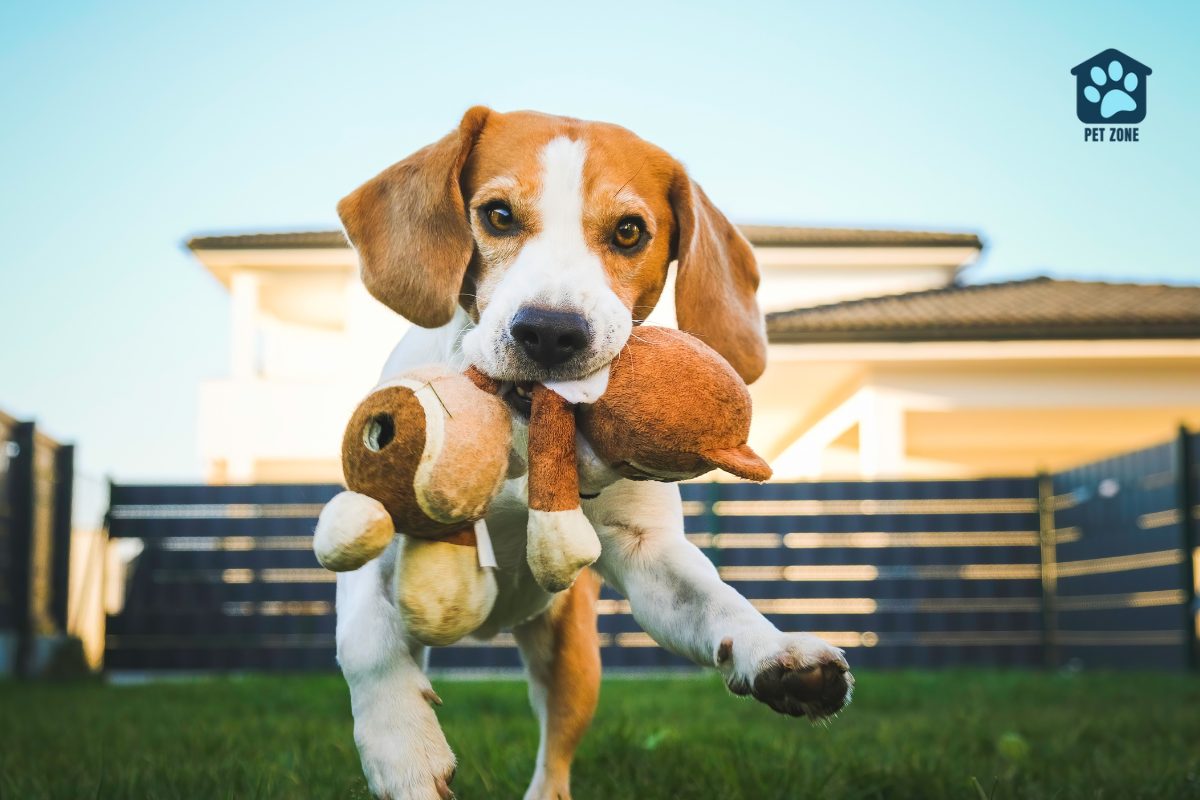
Beagles are known for their excellent sense of smell and stamina. They are ideal for hunting rabbits, hares, and even foxes. However, when it comes to grooming, beagles should not be shaved.
Shaving a Beagle’s double coat can disrupt their natural insulation and make them more susceptible to heatstroke. It’s important to keep their coat intact to protect them from the sun and maintain their body temperature properly.
So, if you have a Beagle, it’s best to avoid shaving them and instead focus on regular grooming to keep their coat healthy and looking good.
Coonhounds
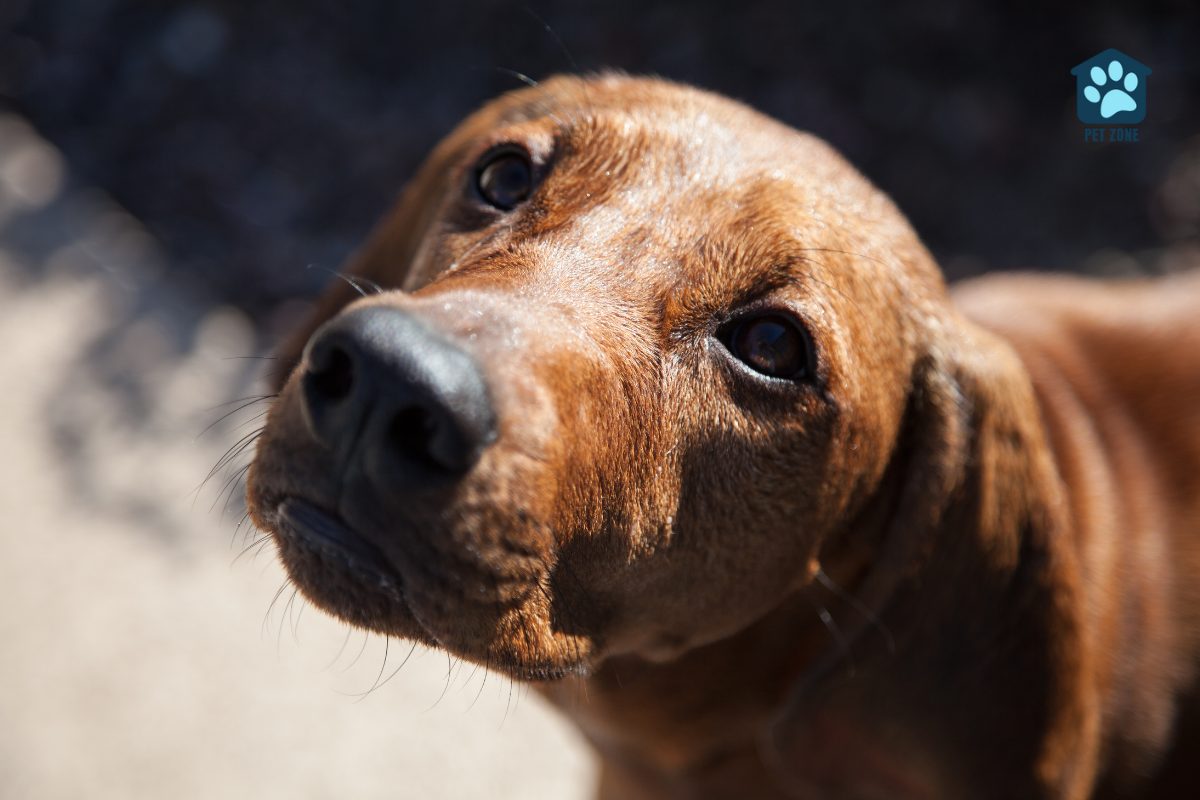
Coonhounds are a breed of dog that should not be shaved. They have a double coat, consisting of longer guard hairs and a thick undercoat. Shaving their coat can disrupt their natural cooling system and leave them more susceptible to sunburns and skin cancer.
Coonhounds are known for their hunting skills, especially in chasing raccoons up trees. It’s important to keep their coat intact to protect them from the elements and maintain their natural abilities as hunters.
Corgis
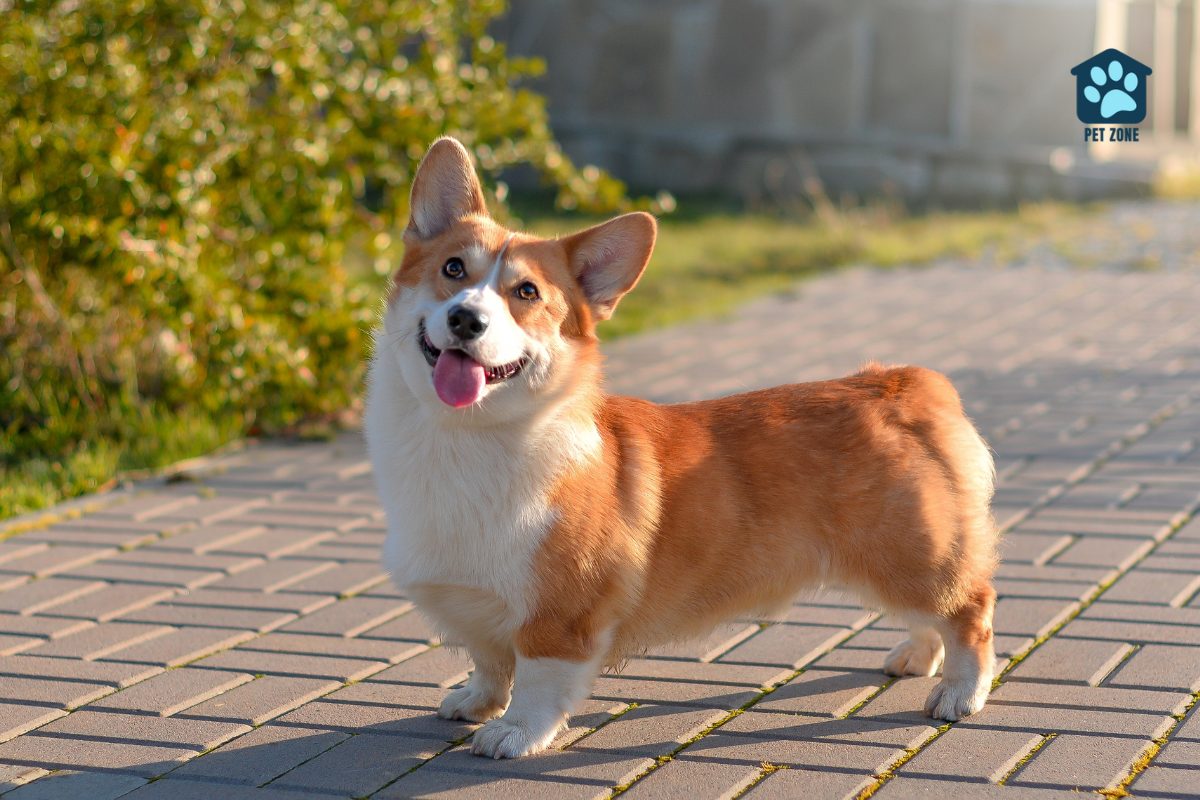
Corgis are known for their high shedding, which requires regular brushing and cleaning. It’s important to note that shaving a Corgi’s coat down to the skin is not recommended. This breed should have at least one inch of hair to protect them from sunburn and skin problems.
Shaving a double-coated dog like a Corgi can potentially harm them, so it’s best to avoid doing so.
Schnauzers
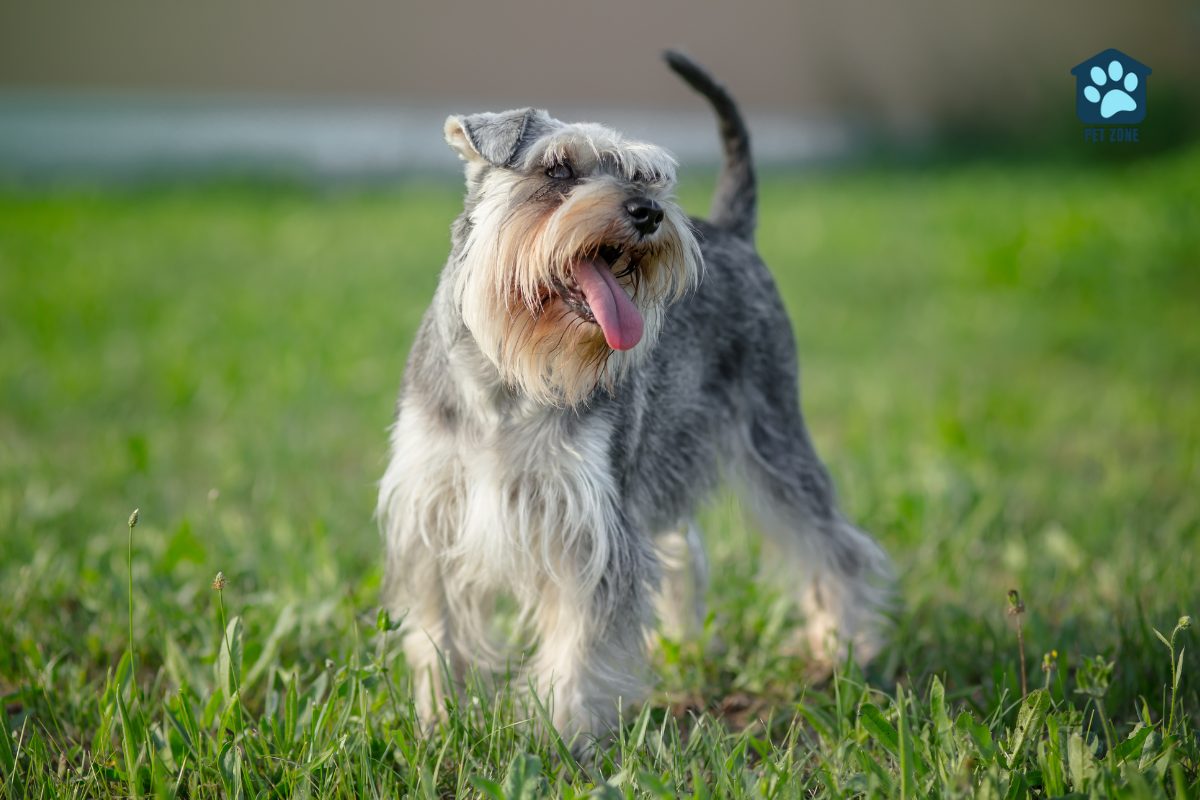
Schnauzers are a breed of dog that should not be shaved. They have a wire or hard coated breed, and shaving their fur can cause it to lose its texture and wiry appearance. Instead of shaving, Schnauzers’ wire coats should be trimmed, clipped, or stripped to maintain their desired texture.
It’s important to remember that there are three different sizes of Schnauzers: miniature, standard, and giant, and each size is considered a separate breed. Proper grooming techniques can help preserve the hard wiry coat that Schnauzers are known for in accordance with the breed standard.
Havanese
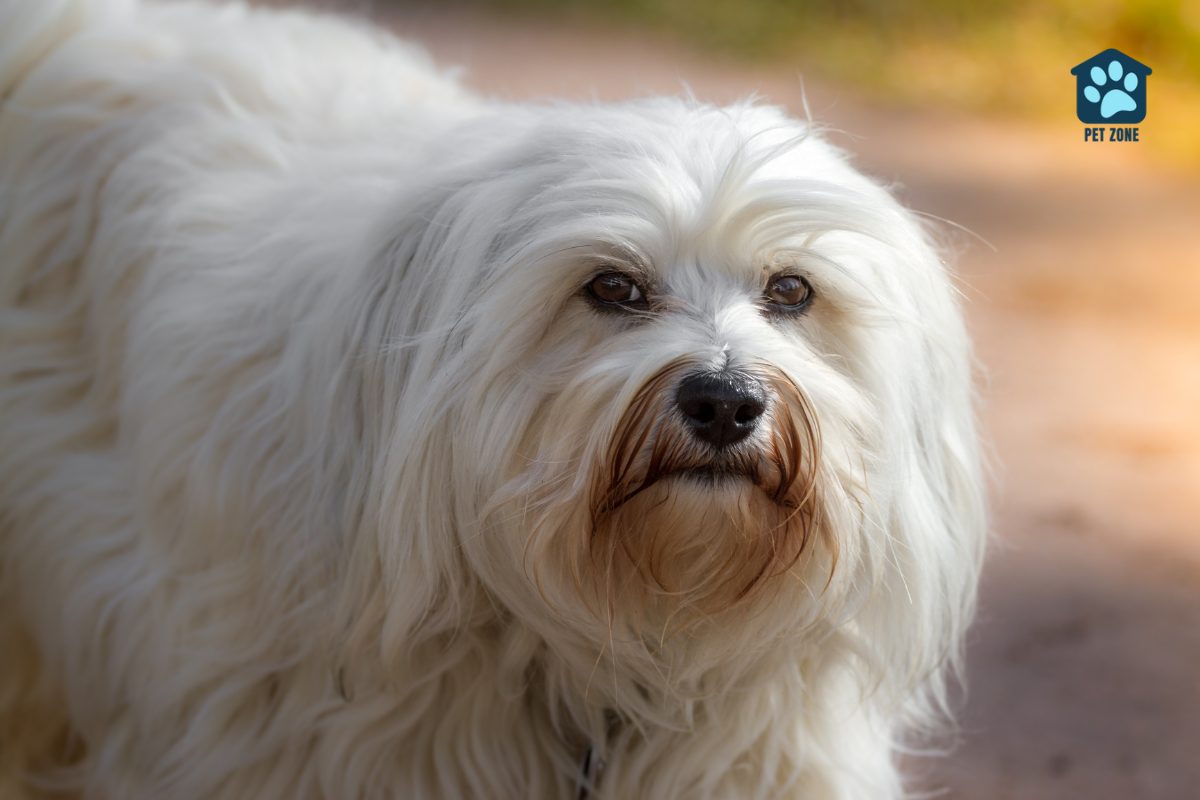
Havanese are small dogs with a long lifespan. They have abundant and luxuriant hair that is known for being low-shedding, making them a good option for allergy sufferers. Havanese require regular grooming to keep their coat healthy and prevent matting.
Trimming the hair instead of shaving it is recommended to maintain their natural insulation. Their beautiful coat helps protect their skin from the sun’s rays and keeps them cool in hot weather.
Overall, Havanese should not be shaved as it can cause damage to their fur and affect their natural cooling system.
Caring for Double-Coated Dogs
Double-coated dogs have two layers of fur: a soft undercoat for warmth and a coarse outer coat, or topcoat, for protection. These breeds often come from cold climates, so the double coat keeps them both warm and dry. The undercoat thickens in winter and sheds in summer to help the dog adjust to changing temperatures.
Proper dog care of double-coated breeds means regular brushing to remove loose fur and prevent tangles, ensuring the coat stays healthy and effective.
Regular grooming
Regular grooming is essential for the care of double-coated dogs. It helps to keep their coat clean and healthy. Here are some important grooming practices for these breeds:
- Brush your dog regularly: This helps to remove loose hair, tangles, and mats from their fur. Use a slicker brush or a comb designed specifically for double-coated breeds.
- Use coat-specific products: Choose shampoos and conditioners that are formulated for dogs with a double coat. These products help to maintain the natural oils in their fur and keep it soft and shiny.
- Trim instead of shaving: Instead of shaving your dog’s coat short, consider trimming it to a manageable length. This helps to reduce shedding while still keeping them cool in hot weather.
Use of coat-specific products
For double-coated dog breeds, it is important to use coat-specific products instead of shaving. These special products are designed to meet the specific needs of their furry coats.
Regular grooming with these products helps maintain the health and condition of their coats, keeping them clean and free from tangles or mats. Using coat-specific shampoos and conditioners can also help reduce shedding and keep your dog’s fur looking its best.
Remember, shaving a double coat can disrupt their natural shedding process and lead to problems like matting or tangling, so opting for these specialized grooming products is the best choice for caring for your double-coated dog’s coat.
Trimming instead of shaving
For double-coated dogs, trimming their fur is a better alternative to shaving. Trimming with shears allows you to maintain the dog’s coat length while still removing any excess or tangled hair.
This helps prevent matting and keeps the coat looking neat without compromising its natural insulation and protection. By opting for trimming instead of shaving, you can ensure that your dog’s coat remains healthy and functional while keeping them comfortable all year round.
Brushing after bathing
Regular brushing after bathing is an essential part of caring for double-coated dogs. This helps to remove excess undercoat and keep them comfortable. It’s recommended to brush their hair in the direction it grows using an undercoat rake or shedding blade.
Daily brushing and monthly baths are generally recommended for these dogs, even if they have short hair. So remember to make brushing a regular part of your dog’s grooming routine after bath time to prevent matting, tangles, and discomfort for your furry friend.
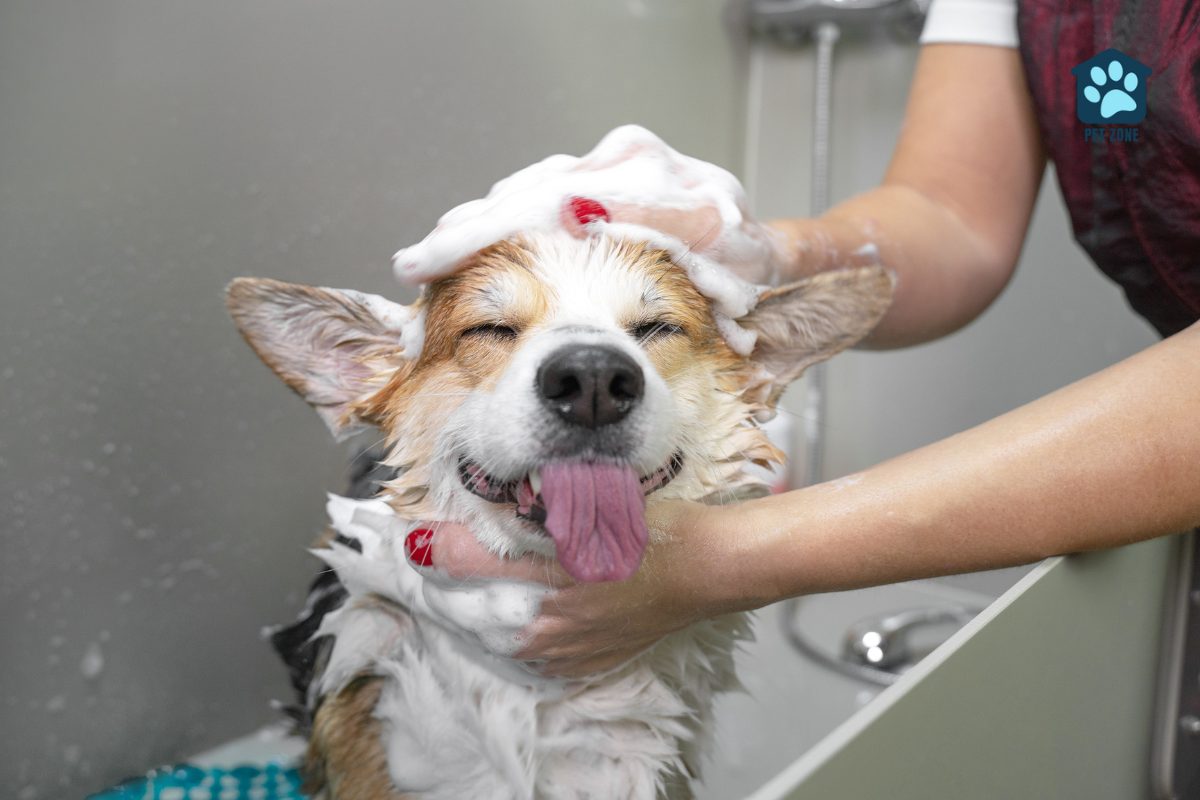
Exceptions to the No-Shave Rule
Medical reasons
Shaving a dog’s coat should only be done for medical reasons. There are some situations where shaving may be necessary, such as if a dog has severe matting or skin conditions that require treatment.
However, it’s important to consult with a veterinarian before making the decision to shave your dog for medical reasons. They can provide guidance on whether shaving is truly necessary and offer alternative solutions if possible.
It’s crucial to prioritize your dog’s health and well-being when considering any grooming procedures, especially those related to their coat.
Agility or show dogs
Agility or show dogs are a different case when it comes to shaving. In the world of dog shows, some dogs are shaved or their hair is waxed to create a specific look for judges. This is done to present a complete package and enhance their appearance in the ring.
Similarly, agility competitions require dogs to navigate through obstacle courses within a time limit. While shaving may not be necessary for these activities, spot shaving might be required if the dog has hot spots or other skin issues that need attention.
Extreme matting
Extreme matting can be a painful and uncomfortable condition for dogs. When a dog’s hair becomes knotted and tangled in clumps close to the skin, it can cause distress and even lead to other health issues.
Dogs with double coats are more prone to matting, and proper grooming is essential to prevent this problem. Shaving down a dog with extreme matting may not be the best solution as it can further hurt the dog.
Regular brushing and grooming techniques are necessary to keep your furry friend comfortable and healthy.
Consultation with a professional groomer
It is important to consult with a professional groomer before deciding whether or not to shave your dog. Professional groomers have the expertise to assess your dog’s specific needs and provide guidance on the appropriate grooming techniques for different breeds.
Shaving a dog without professional consultation can potentially cause shock and discomfort to the animal. By consulting with a professional groomer, you can ensure that you are making the best decision for your dog’s coat health and overall well-being.
Conclusion
It’s important to remember that not all dog breeds should be shaved. Shaving a double-coated dog can lead to sunburns, dust and dirt problems, ingrown hairs, and poor insulation.
Breeds like Huskies, Golden Retrievers, German Shepherds, and many others should never be shaved unless there is a medical reason. Instead of shaving, regular grooming and trimming can help maintain their coats while keeping them cool in hot weather.
Always consult with a professional groomer for the best care for your furry friend.
Frequently Asked Questions
Double-coated dog breeds like Huskies and Golden Retrievers should never be shaved. Their coat is made to protect them from the sun’s heat.
Shaving a double-coated dog can cause damage to its fur as it may not grow back properly. It could also harm their biological cooling systems designed by nature to keep them cool.
If your dog has already been shaved, ensure proper care following the shave including safe exposure to the sun’s rays and limited time in intense heat.
Instead of shaving, you can groom your pet regularly especially during shedding seasons which help remove excess hair without causing harm.
Even for short-haired or hybrid type dogs, avoid shaving unless necessary such as when their hair becomes matted or tangled beyond repair since it might still affect their natural protection against the sun’s heat.
Dogs pant in order to release heat; they sweat through their paws too! These are part of dogs’ own biological ways used alongside their fur that reflects the sun’s rays unlike a freshly-shaved skin that absorbs it more.
As an Amazon Associate I earn from qualifying purchases.
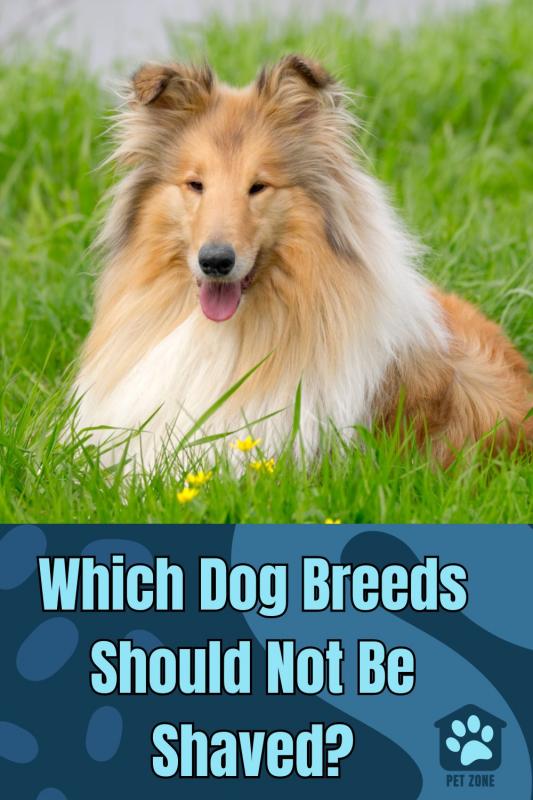


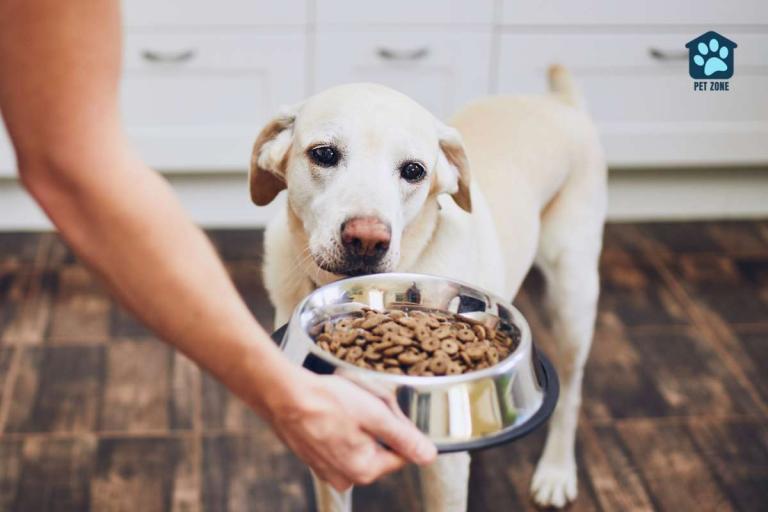
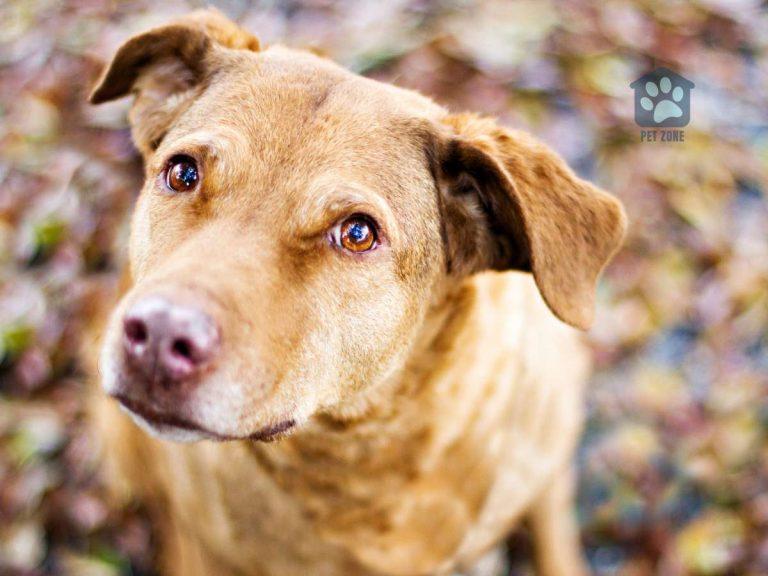
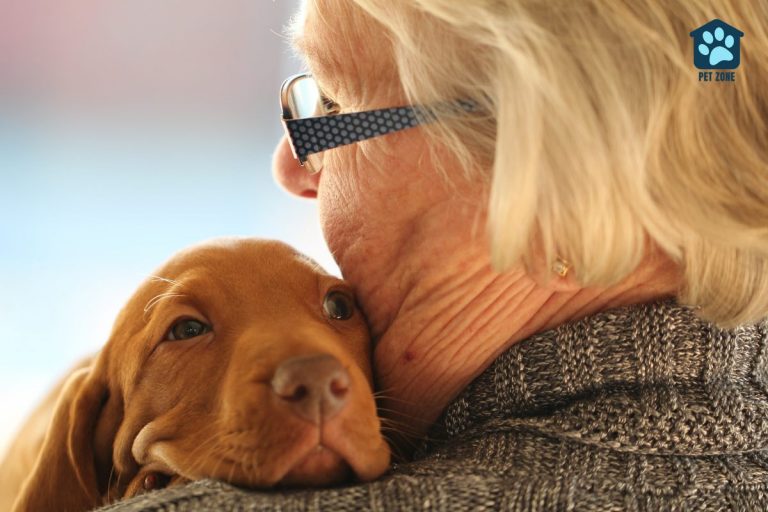

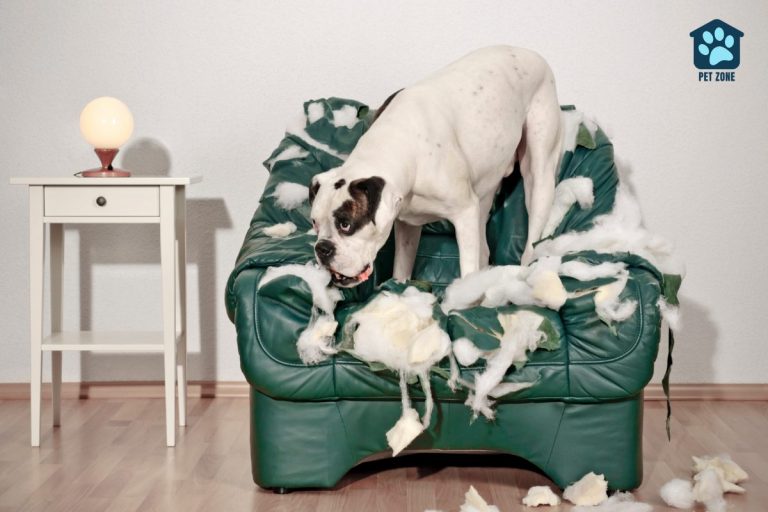
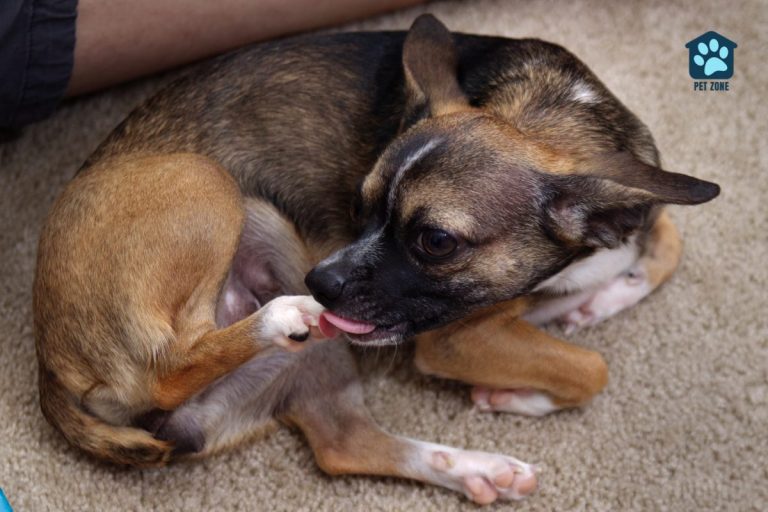
Thanks for sharing these tips about which dogs shouldn’t be shaved. I appreciate the information, because I wish my GSD could be shaved. Even with regular brushing and grooming appointments, she sheds SO much. Good thing I have a good vacuum at least! 😜